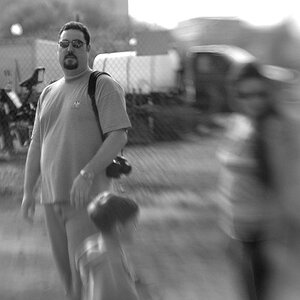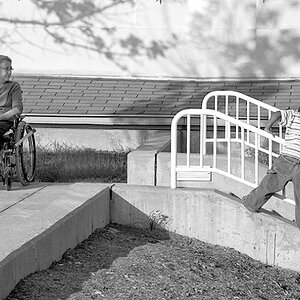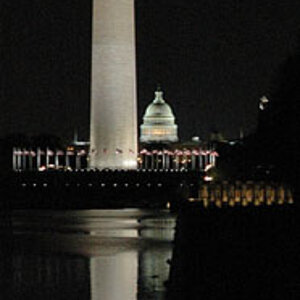- Joined
- Apr 9, 2009
- Messages
- 41,401
- Reaction score
- 5,706
- Location
- Iowa
- Website
- kharrodphotography.blogspot.com
- Can others edit my Photos
- Photos OK to edit
The aperture is inside the lens, well behind the front lens element.The Aperture does control the light that gets to the sensor.
I could be wrong but I'd think that the larger front opening will allow more light to get to the Aperture.
The front lens element is bigger for faster lenses, because the f-stop is a function of the focal length.




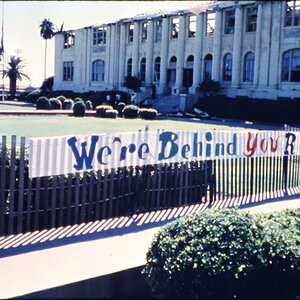
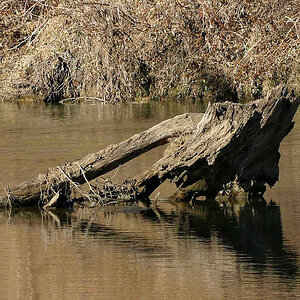
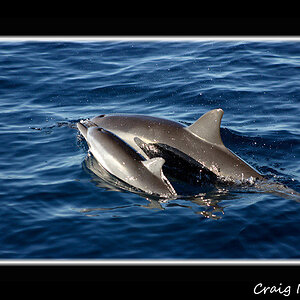
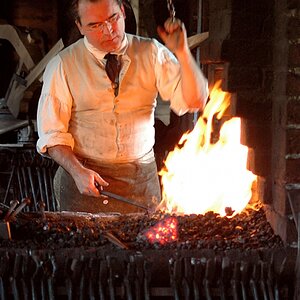


![[No title]](/data/xfmg/thumbnail/40/40296-1e3931509698e96fed6a0e43f5cb4adc.jpg?1619739411)
